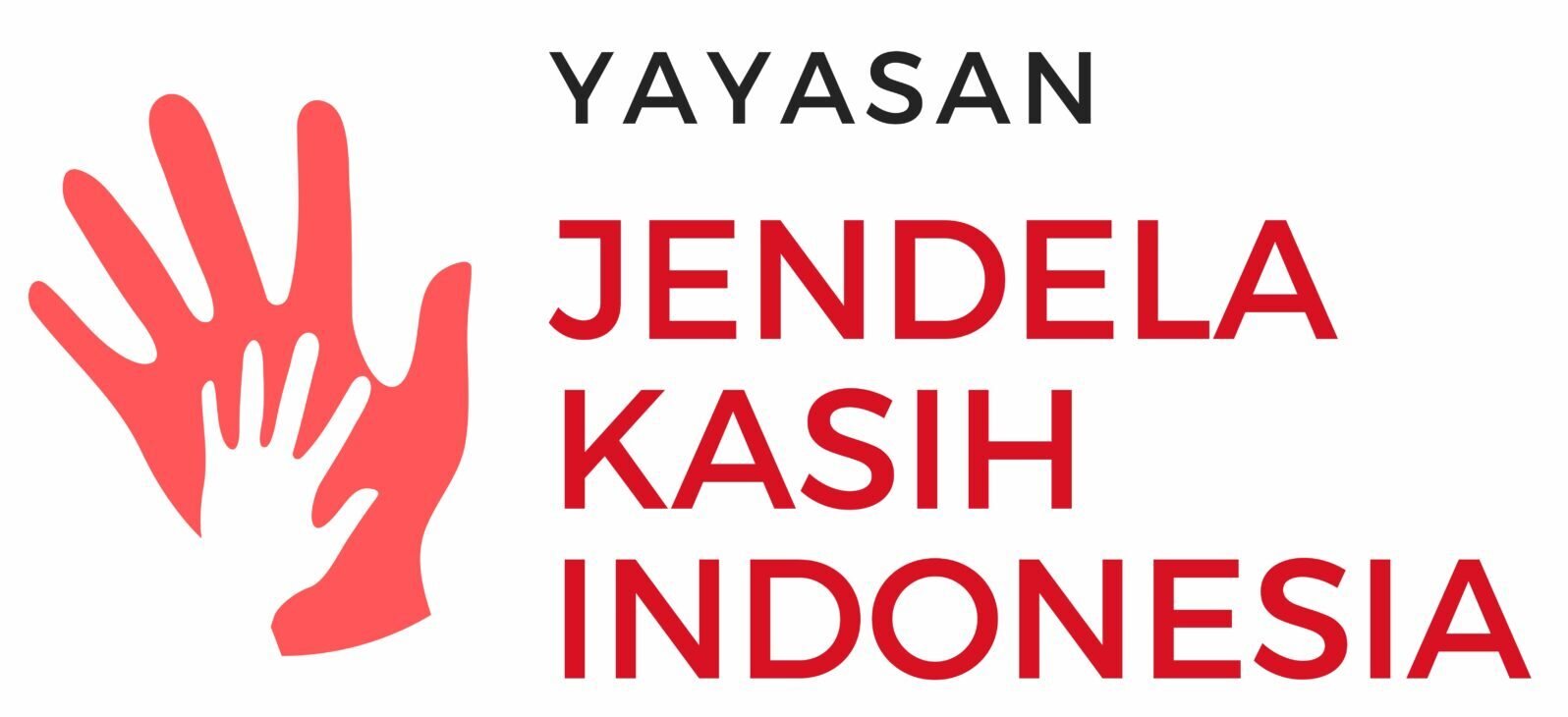Strategies for Poverty Alleviation in Remote Areas Through Humanitarian Programs

Strategies for Poverty Alleviation in Remote Areas Through Humanitarian Programs
Poverty remains a significant challenge in many remote areas of Indonesia. With limited infrastructure, difficult access, and underdeveloped human resources, communities in these regions often find themselves trapped in a cycle of poverty that is difficult to break. Humanitarian programs serve as a strategic solution to address these challenges. This article explores how humanitarian initiatives can effectively combat poverty in remote areas, the strategies used, and the positive impacts they have generated.
Why Does Poverty in Remote Areas Require Special Attention?
Poverty in remote areas has unique characteristics compared to urban poverty. Several reasons make addressing poverty in these regions a critical task:
Infrastructure and Accessibility Challenges
Poor road conditions, inadequate healthcare facilities, and limited access to information technology make it difficult for remote areas to connect with economic hubs and public services.Limited Educational Opportunities
Many children in remote areas cannot access formal education due to the distance to schools or a lack of qualified teachers. This contributes to the low quality of human resources in these regions.Dependence on Natural Resources
Most residents in remote areas rely on agriculture, fishing, or forestry. This dependency makes them vulnerable to climate change, natural disasters, and market price fluctuations.Scarce Economic Opportunities
Job opportunities and avenues for income growth are limited in remote areas. Many residents earn low incomes without access to skill development programs.
The Role of Humanitarian Programs in Poverty Alleviation
Humanitarian programs are designed to provide tangible solutions to the issues faced by impoverished communities in remote areas. Their main focuses include:
1. Provision of Basic Services
Access to Healthcare
Humanitarian organizations often provide free healthcare services, such as mobile clinics, immunizations, and regular health check-ups. They also train local healthcare workers to ensure the sustainability of these services.Access to Education
Many programs focus on building schools, training teachers, and providing scholarships for children in remote areas. These initiatives aim to increase school attendance and reduce dropout rates.Basic Infrastructure Development
Humanitarian efforts frequently involve constructing essential infrastructure, such as roads, bridges, and clean water sources, to meet the fundamental needs of local communities.
2. Economic Empowerment
Skills Training
Training in crafts, agricultural product processing, or the use of simple technologies helps communities improve their incomes.Small and Medium Enterprise Development
Programs also encourage the growth of small and medium-sized enterprises (SMEs) by providing access to capital, business management training, and marketing support.Income Diversification
To reduce reliance on a single sector, such as agriculture, programs encourage communities to explore alternative income sources, such as eco-tourism or traditional crafts.
3. Community Resilience Building
Food Security Programs
These programs include sustainable agriculture management, training on efficient planting methods, and providing high-quality seeds to increase yields.Environmental Awareness
Humanitarian organizations educate communities on the importance of environmental preservation, such as conserving forests or using renewable energy, to ensure resource sustainability.Crisis Response
During emergencies, such as natural disasters, humanitarian programs provide logistical aid, including food, water, and medicines, to help communities survive and recover faster.
Effective Strategies for Poverty Alleviation Through Humanitarian Programs
Community-Based Approaches
Effective humanitarian programs involve local communities in the planning and implementation of activities. This ensures the programs align with the community’s needs and fosters a sense of ownership over the outcomes.Collaboration with Government and Private Sectors
Partnerships with local governments, private companies, and donors are crucial for ensuring program success. Such collaborations help provide funding, infrastructure, and policy support for program sustainability.Building Local Capacity
By offering training and education, communities are empowered to become self-sufficient. For example, modern agricultural training increases productivity, while entrepreneurship education helps residents create new business opportunities.Utilization of Simple Technology
Simple technologies, such as modern agricultural tools, irrigation systems, or digital financial applications, help communities overcome daily challenges and improve their efficiency.Continuous Monitoring and Evaluation
Regular monitoring ensures that humanitarian programs achieve their intended impacts. Evaluations also help identify obstacles and refine solutions for future initiatives.
Positive Impacts of Humanitarian Programs on Poverty Alleviation
Humanitarian programs have brought numerous positive impacts in reducing poverty in remote areas, including:
Improved Family Welfare
Better access to education, healthcare, and infrastructure has significantly enhanced the quality of life for many families in remote areas.Reduced Poverty Rates
Through economic empowerment programs and direct aid, many families have been able to increase their incomes and break free from poverty cycles.Increased Literacy and Education
Educational initiatives have boosted literacy rates in remote areas, providing a solid foundation for long-term economic development.Stronger Community Resilience
Programs focusing on food security and environmental conservation have equipped communities to better face challenges such as climate change or economic crises.
Challenges Still to Be Addressed
Despite many successes, several challenges remain, such as:
Limited Funding
Many programs depend on donor funding. When funds are constrained, program implementation becomes disrupted.Logistical Barriers
Difficult access to remote areas often hinders the delivery of aid or the execution of programs.Social Inequities
In some regions, programs benefit only specific groups, leaving others underserved.
Conclusion
Strategies for poverty alleviation in remote areas through humanitarian programs require a holistic approach involving multiple stakeholders. By focusing on providing basic services, economic empowerment, and community resilience building, these programs have created significant impacts. However, their success relies on close collaboration among governments, private sectors, and local communities. Through collective efforts, poverty in remote areas can be effectively addressed, bringing new hope to marginalized populations.
